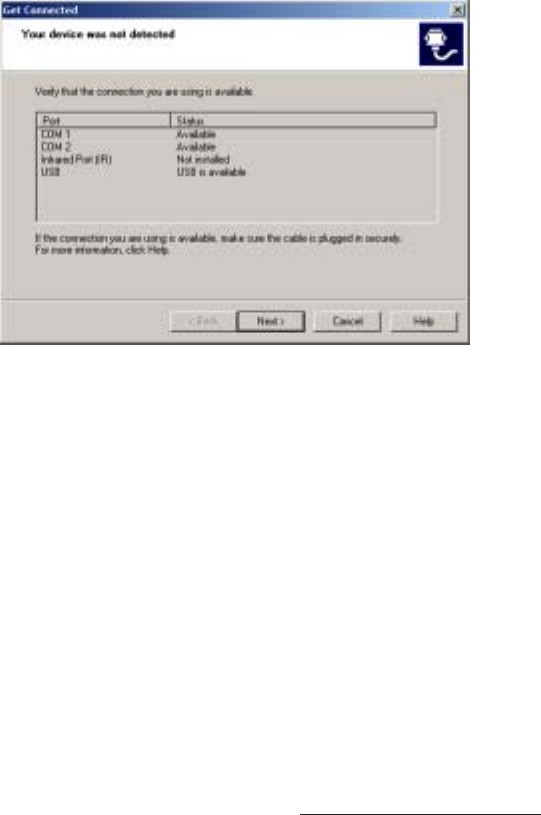User Manual
Table Of Contents
- Allegro CE™ Owner's Manual
- Table of Contents
- Chapter 1 Introduction
- Chapter 2 Hardware Components
- Chapter 3 Memory Configuration and Data Storage Options
- Chapter 4 Windows CE Operating System
- Chapter 5 Technical Reference
- Chapter 6 Software Developer’s Guide for Allegro CE 3.0 and CE .NET
- Chapter 7 FCC Information, Warranty, and Software License Agreement
- Chapter 8 Expansion Pods
- Index
- Table of Contents
- Chapter 1 Introduction
- Chapter 2 Hardware Components
- Case Design
- Keyboard
- Display
- System Tray Indicators
- Batteries
- Main Power Source
- Setting Battery Charge
- Battery Life
- Recharging the NiMH Battery Pack
- Battery Gauging Explained
- Battery Status Icons
- When the Battery Voltage Drops
- Power Management Feature
- Changing NiMH Battery Pack
- Alkaline Battery Holder: Inserting Batteries and Usage Information
- Storing the Allegro CE During Inactive Periods
- NiMH Battery Pack's Useful Life
- Spare NiMH Battery Packs
- Short-Term Backup Supply
- Real Time Clock
- Main Power Source
- Communication Ports
- USB/Power Dock
- PC Cards
- Expansion Pods
- Chapter 3 Memory Configuration and Data Storage Options
- Chapter 4 Windows CE Operating System
- Windows CE Overview
- CE .NET Viewers
- ActiveSync Transfer
- Downloading ActiveSync from the Internet
- Installing ActiveSync
- Establishing a First Time ActiveSync Connection
- Establishing Additional ActiveSync Connections
- New Partnership Set Up
- USB MultiSync
- USB MultiSync Connections
- Transferring Files Between the Allegro CE and the Desktop PC
- Windows Explorer
- Storing Files and Programs
- System Save/Restore Utilities
- Application Command Bars
- PTab Spreadsheet Program
- Pocket Word/WordPad
- Internet Explorer and Inbox
- Calculator Program
- Terminal Program
- Chapter 5 Technical Reference
- Chapter 6 Software Developer’s Guide for Allegro CE 3.0 and CE .NET
- Chapter 7 FCC Information, Warranty, and Software License Agreement
- Chapter 8 Expansion Pods
- Index

Windows CE Page 4-77
A screen on the desktop PC that says Connecting is shown. The New
Partnership: Set Up a New Partnership appears. Proceed to the Setting
Up a Partnership section of this chapter.
❖ Note: If you are having problems with the Allegro connecting to the
desktop PC while using the USB connection, perform a reset on the Allegro
and repeat the USB connection process.
An Unsuccessful Connection
If the connection was not successful, the following screen appears on
the PC:
From her e, click on the Next button on the Your device was not
detected screen and the Getting Connected screen appears again.
Repeat the connection instructions for the COM port you are using
until a successful connection is made.
▲ ▲
▲ ▲
▲ Establishing Additional ActiveSync Connections
If you already have ActiveSync installed on your desktop PC,
complete the following steps for connecting the Allegro to the desktop
PC. These instructions are also designed for all additional
connections to between the Allegro and desktop PC using ActiveSync.
You do not need to set up the communication settings each time, as
described in Establishing a First Time Connection Using ActiveSync.
1) Turn on the Allegr o and the desktop PC.
2) Connect the communication cable to the ports you set up on each
computer during the file transfer program installation process.










